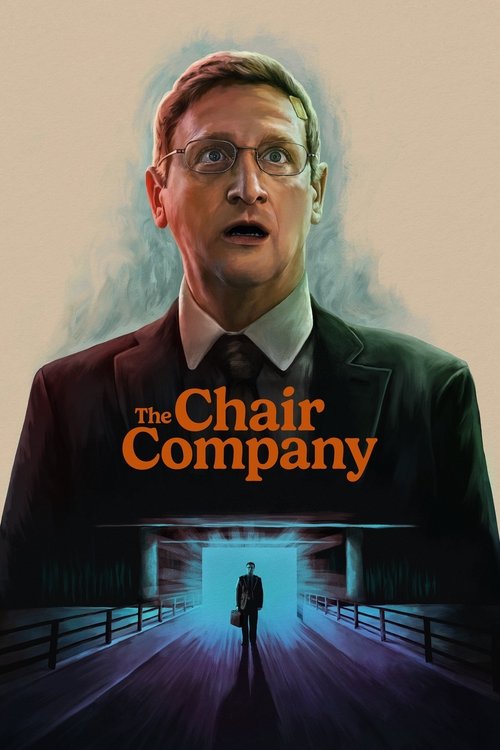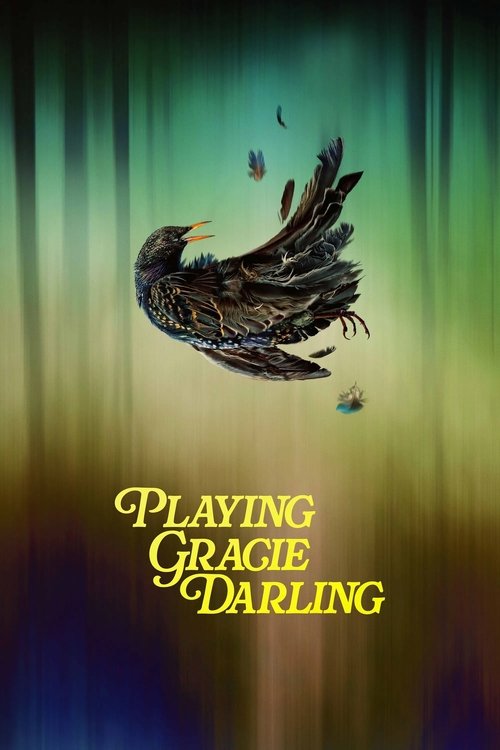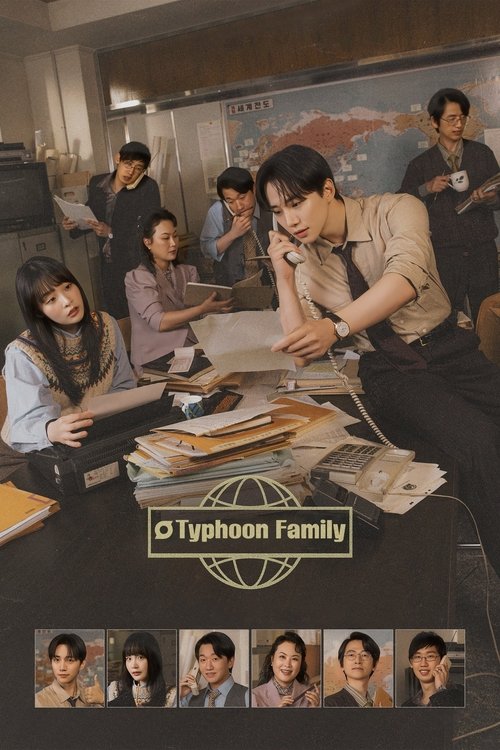
Ask Your Own Question
What is the plot?
In the opening scenes of "1917 - The Year of Revolutions," the episode sets the stage by depicting the widespread unrest across Europe in 1917. The viewer is introduced to the various revolutionary movements that are gaining momentum, particularly in Russia, where the discontent among the working class and soldiers is palpable. The atmosphere is charged with tension as protests erupt in the streets, and the government struggles to maintain control.
The narrative then shifts to the Eastern Front, where the Russian army is facing significant challenges. Soldiers are depicted in a state of despair, grappling with the harsh realities of war, including food shortages and poor living conditions. The internal conflict within the army is highlighted, showcasing the growing rift between the soldiers and their leaders. This sets the stage for the eventual Bolshevik Revolution, as the soldiers begin to question their loyalty to the Tsar.
As the episode progresses, the focus turns to the political landscape in Russia. Key figures such as Vladimir Lenin and Leon Trotsky are introduced, emphasizing their roles in the revolutionary movement. Lenin's return to Russia from exile is a pivotal moment, as he brings with him a radical vision for the future of the country. His speeches resonate with the masses, igniting a sense of hope and urgency among the people.
The viewer witnesses the February Revolution unfold, marked by mass protests in Petrograd. The scenes are filled with striking visuals of crowds demanding bread and peace, as the discontent reaches a boiling point. The Tsar's inability to respond effectively leads to his abdication, and the establishment of a provisional government. This moment is charged with emotion, as the people celebrate their newfound freedom, but uncertainty looms over the future.
In the aftermath of the February Revolution, the provisional government struggles to maintain order and address the pressing issues facing the nation. The episode delves into the internal conflicts within the government, showcasing the power struggles between various factions. The viewer sees the growing influence of the Bolsheviks, who are gaining support among the workers and soldiers, further complicating the political landscape.
As the summer of 1917 approaches, the situation in Russia becomes increasingly volatile. The episode captures the chaos of the July Days, where spontaneous uprisings occur in Petrograd. The Bolsheviks attempt to seize the moment, but the provisional government responds with force, leading to violent clashes in the streets. The tension is palpable as the viewer witnesses the desperation of the revolutionaries and the determination of the government to maintain control.
The narrative then shifts to the October Revolution, where the Bolsheviks, led by Lenin, make their decisive move. The planning and execution of the coup are depicted in detail, showcasing the strategic decisions made by the Bolshevik leaders. The viewer is taken through the tense moments leading up to the storming of the Winter Palace, where the Bolsheviks confront the provisional government. The scenes are filled with action and suspense as the revolutionaries fight their way through the palace, ultimately leading to the capture of key government officials.
In the aftermath of the October Revolution, the Bolsheviks declare victory and begin to implement their vision for a new Russia. The viewer sees the immediate impact of their rule, including the withdrawal from World War I and the establishment of a new government. The emotional weight of these decisions is felt throughout the episode, as the characters grapple with the consequences of their actions and the uncertain future that lies ahead.
The episode concludes with a reflection on the broader implications of the revolutions occurring not just in Russia, but across Europe. The viewer is left with a sense of the profound changes taking place, as the world grapples with the fallout of war and revolution. The final scenes emphasize the hope and fear that coexist in this tumultuous period, setting the stage for the ongoing struggles that will define the years to come.
What is the ending?
In the ending of "The Great War," season 4, titled "1917 - The Year of Revolutions," the episode culminates in a series of significant events that highlight the chaos and transformation of the war. The Russian Revolution leads to the abdication of Tsar Nicholas II, while in the West, the war continues to ravage Europe. The episode concludes with a sense of uncertainty and foreshadowing of the changes to come, as the characters grapple with the shifting tides of war and revolution.
As the episode unfolds, we first see the impact of the Russian Revolution. The streets of Petrograd are filled with protesters, their voices rising in a cacophony of demands for change. The atmosphere is charged with tension, and the camera captures the fervor of the crowds, their faces a mix of hope and desperation. Tsar Nicholas II, portrayed as increasingly isolated, receives news of the unrest. His internal conflict is palpable; he is torn between his duty to maintain the monarchy and the reality of a crumbling empire. The weight of his decisions hangs heavily on him, and we see him struggle with the implications of his rule.
In the trenches of the Western Front, the situation is equally dire. Soldiers are depicted in grim conditions, their faces smeared with mud and exhaustion. The camera lingers on their weary expressions, capturing the emotional toll of prolonged warfare. Among them is a character who embodies the spirit of camaraderie and resilience, yet he is haunted by the losses of his comrades. As the fighting intensifies, the soldiers receive news of the revolution in Russia, sparking discussions about the potential for change and the futility of their sacrifices. The conversations are filled with a mix of hope and skepticism, reflecting the uncertainty of their futures.
As the episode progresses, we witness the abdication of Tsar Nicholas II, a pivotal moment that reverberates throughout the narrative. The scene is filled with a sense of finality as he steps down, the weight of history pressing down on him. The camera captures the somber expressions of those around him, highlighting the gravity of the moment. The abdication signifies not just the fall of a ruler but the end of an era, and the characters are left to ponder what this means for their own lives and the war.
In the final scenes, the focus shifts back to the soldiers on the front lines. The chaos of battle continues, but there is a palpable shift in the air. The soldiers, now aware of the revolutionary fervor back home, begin to question their roles in the war. The episode closes with a sense of ambiguity; the characters are left at a crossroads, facing an uncertain future as the world around them transforms.
The fates of the main characters are left unresolved, emphasizing the unpredictability of the times. The soldier who represents hope and resilience is left contemplating his next steps, while Tsar Nicholas II's abdication marks the end of his reign, leaving him to face the consequences of his decisions. The episode concludes with a haunting reminder of the cost of war and the potential for change, leaving viewers with a sense of anticipation for what lies ahead in the unfolding narrative of history.
Is there a post-credit scene?
In the fourth season of The Great War, titled "1917 - The Year of Revolutions," there is no post-credit scene. The episodes conclude with a focus on the significant events and emotional narratives of the year 1917, emphasizing the impact of the Russian Revolution, the entry of the United States into the war, and the various social upheavals across Europe. The series wraps up each episode with a poignant reflection on the consequences of war, leaving viewers with a sense of the ongoing struggles faced by nations and individuals during this tumultuous period. The absence of a post-credit scene allows the weight of the historical events to resonate without distraction, reinforcing the gravity of the narrative presented throughout the season.
What events led to the Russian Revolution in 1917 as depicted in The Great War?
The Great War illustrates the mounting discontent among the Russian populace due to food shortages, military failures, and the oppressive rule of Tsar Nicholas II. The series captures the pivotal moments leading up to the February Revolution, showcasing the protests in Petrograd, the soldiers' mutinies, and the eventual abdication of the Tsar, which ignited hopes for a new government.
How does the series portray the impact of the United States entering World War I in 1917?
The Great War highlights the significant shift in the war's dynamics following the United States' entry. It depicts the initial skepticism among the Allies, the logistical challenges of mobilizing American troops, and the eventual boost in morale and resources that the U.S. provided, ultimately changing the course of the war.
What role does the Bolshevik Party play in the events of 1917 as shown in the series?
The series delves into the rise of the Bolshevik Party, led by figures like Lenin and Trotsky, emphasizing their revolutionary ideology and the promise of 'peace, land, and bread.' It portrays their strategic maneuvers during the October Revolution, including the storming of the Winter Palace and the establishment of a new government, reflecting the internal struggles and motivations of the characters involved.
How are the experiences of soldiers on the front lines depicted in 1917?
The Great War provides a visceral portrayal of the soldiers' experiences, showcasing the brutal realities of trench warfare, the psychological toll of combat, and the camaraderie among troops. It captures moments of fear, bravery, and despair, illustrating how the war's progression affected their morale and relationships.
What are the personal stories of key figures like Tsar Nicholas II and Lenin during this tumultuous year?
The series offers an intimate look at Tsar Nicholas II's internal conflict and isolation as he grapples with the loss of support and the impending revolution. In contrast, it explores Lenin's fervent determination and strategic planning as he returns to Russia, driven by a vision for a socialist state, highlighting the stark differences in their motivations and the fates that await them.
Is this family friendly?
"The Great War, Season 4: 1917 - The Year of Revolutions" contains several scenes and themes that may be considered objectionable or upsetting for children or sensitive viewers.
-
Graphic War Imagery: The series includes depictions of battlefields, injuries, and the aftermath of combat, which can be intense and disturbing.
-
Death and Loss: There are moments that focus on the loss of life, both on the battlefield and among civilians, which may evoke strong emotional responses.
-
Emotional Trauma: Characters experience significant psychological stress and trauma due to the war, which may be difficult for younger viewers to process.
-
Civilian Suffering: The impact of war on non-combatants, including scenes of displacement and hardship, can be distressing.
-
Political Unrest: The series explores themes of revolution and civil unrest, which may include scenes of violence and chaos.
These elements contribute to a serious and often somber tone throughout the season, making it potentially unsuitable for younger audiences or those sensitive to such content.











